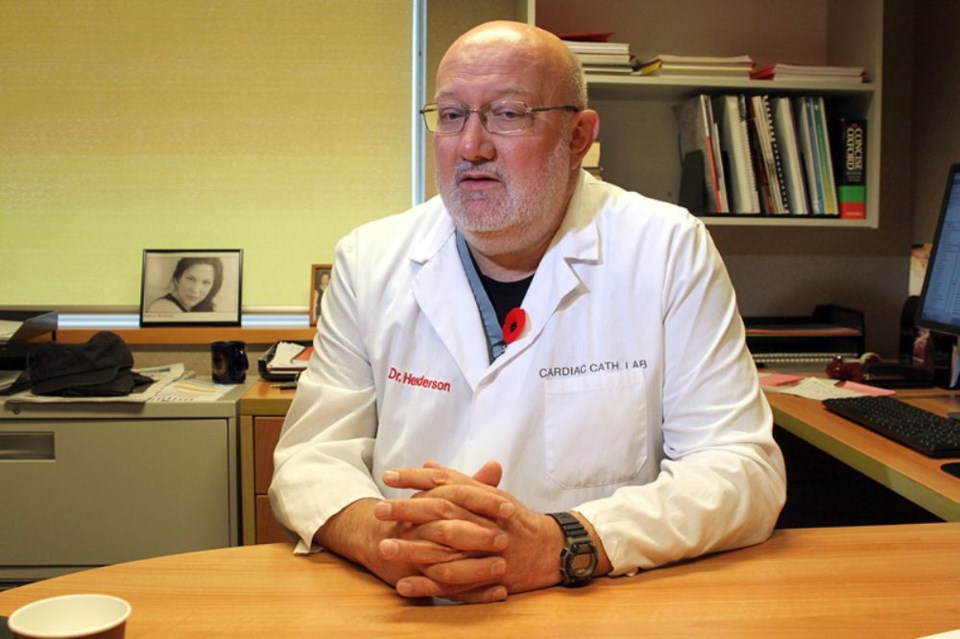THUNDER BAY -- An effort by the Thunder Bay Regional Health Sciences Centre to alleviate its chronic problem with gridlock may be paying off.
Data obtained by Tbnewswatch shows a significant trend toward reducing gridlock—a situation the hospital officially describes as Surge Capacity—over the last three years.
Surge capacity occurs when there are more patients than the hospital's normal bed occupancy, leaving patients coming through the Emergency Department waiting for beds to open up, or patients being admitted to temporary locations such as sunrooms or stretchers in Day Surgery.
During the 12 months that ended April 30, the TBR Health Sciences Centre was in gridlock 61 per cent of the time. The corresponding rate last year was 72 per cent, while in the year before that it was 92 per cent.
Dr. Mark Henderson, executive vice-president, says the improving trend results from the hospital's success at reducing the duration of patient stays.
"When you're admitting 19,000 patients a year, as we do, even a small reduction in the average length of stay translates to quite a large number of beds being available" compared with before, he said.
The hospital's strategic plan calls for reducing average patient stays by 0.2 days each year over a five-year period. Henderson said that would open 15 to 20 beds that would otherwise be unavailable for new admissions.
Over the last two years, the annual target has been surpassed, "and as a consequence we have more beds available even without physically having any more beds. Because we're turning them over more quickly, the length of stay is coming down, we're actually making some progress in this area."
Henderson said the hospital has a broad range of strategies to deal with gridlock, including "just talking about it at every possible meeting, whether to doctors, managers, frontline staff...If we constantly keep mentioning that it's important to move people quickly through the system, it has an effect."
Specific plans to reduce length of stay include the timing of diagnostic tests. "For example, if you need a CT scan prior to discharge, by priorizing the scan we get that done early, and that allows the patient to go home" earlier.
Asked if the focus on freeing up beds might put patients at risk of being discharged too early, Dr. Henderson said studies have actually shown that hospitals with shorter patient stays also have lower re-admission rates, "and we have no evidence that we have a higher re-admission rate as a consequence of these policies."
He believes the results show that the hospital is "on the ball, carefully assessing patients, assessing patients several times a day, checking daily whether they're ready to go home, just a greater level of scrutiny for all the patients."
The TBR Health Sciences Centre vice-president credits the success to date to a team effort among doctors, hospital officials and the entire staff.
"It's everybody in every facet of the hospital's work that's pulled together to produce this reduced length of stay, and that's why we're running ahead of target at the present time."
